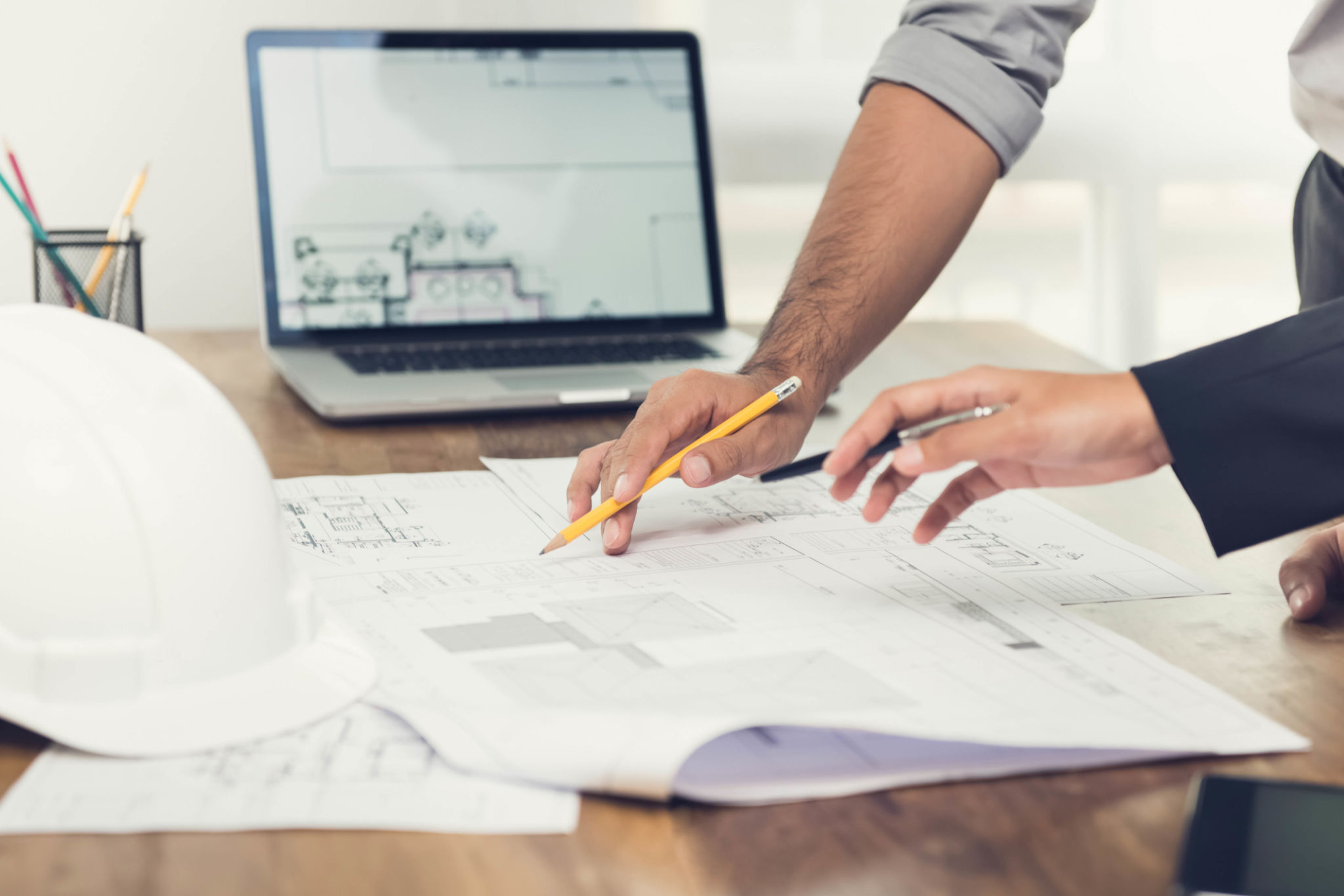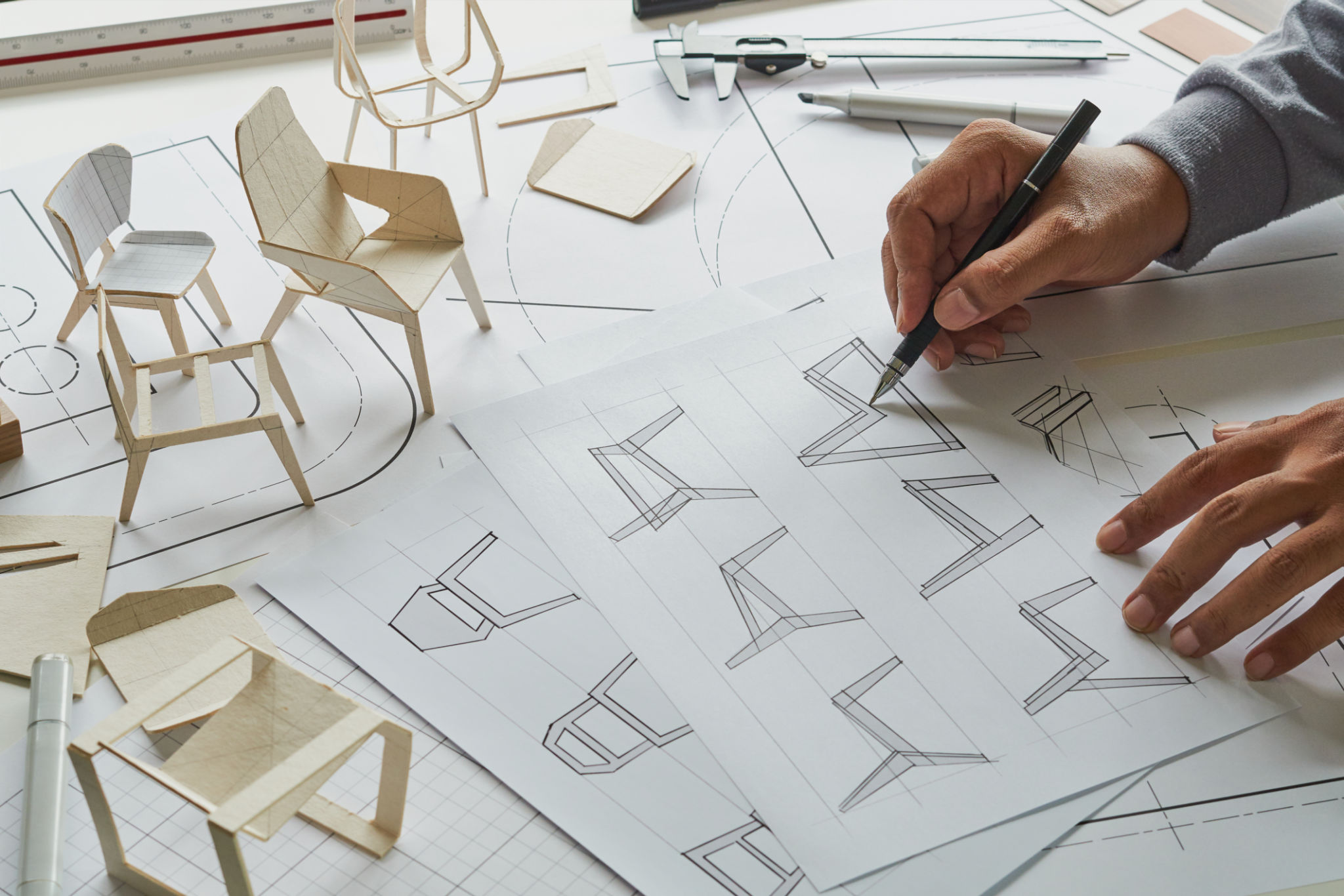How to Choose the Right Design Style for Your Project
Understanding Your Project Needs
Choosing the right design style for your project begins with understanding the core needs and objectives of your project. Are you aiming for a modern, sleek look or a more traditional, classic aesthetic? The design style should align with your project's goals, target audience, and the message you wish to convey. Taking the time to analyze these aspects will provide a solid foundation for making informed design decisions.

Research Different Design Styles
Once you have a clear understanding of your project requirements, it's essential to explore various design styles. Familiarize yourself with popular styles such as minimalist, industrial, vintage, bohemian, and contemporary designs. Each style has its unique characteristics and can evoke different emotions and responses from your audience. Researching different styles will broaden your perspective and help you identify which one resonates best with your project.
Consider Your Audience
Your audience plays a critical role in determining the right design style. Consider their preferences, age group, cultural background, and lifestyle. For instance, a minimalist design may appeal more to a younger, tech-savvy audience, while a traditional style might resonate better with an older demographic. Understanding your audience's tastes ensures that your design will be well-received and impactful.
Evaluate the Space or Medium
The space or medium where your design will be implemented is another crucial factor. Whether it's a website, a physical space, or a product packaging, each medium has its constraints and opportunities. Evaluate how different design styles will interact with these elements to ensure functionality and aesthetics are balanced. A style that works well in print might not translate effectively to digital platforms.

Budget and Resources
Your budget and available resources can significantly influence your choice of design style. Some styles may require more expensive materials or specialized skills to execute properly. Be sure to assess what is feasible within your budget while still achieving the desired look and feel. It's possible to achieve a high-impact design without overspending by being resourceful and creative.
Experiment and Prototype
Before committing to a design style, consider creating prototypes or mock-ups. This allows you to experiment with different elements and see how they work together in real-time. Prototyping helps in identifying potential issues early on and provides an opportunity to make adjustments before finalizing the design. It’s a valuable step in ensuring that the chosen style aligns perfectly with your vision.

Seek Feedback
Gaining feedback from stakeholders or potential users is invaluable. They can provide insights that you might not have considered and help validate your design choices. Constructive criticism can guide you in refining the design to better meet the project's objectives. Engaging others in the process also helps in building consensus and ensuring everyone is on board with the final direction.
Finalize Your Design Style
After thorough research, experimentation, and feedback, you're ready to finalize your design style. Ensure that it cohesively ties together all aspects of your project and effectively communicates the intended message. A well-chosen design style not only enhances the visual appeal but also strengthens the overall impact of your project.
Choosing the right design style is a strategic process that requires careful consideration and planning. By taking these steps, you can confidently select a style that not only looks great but also serves the purpose of your project effectively.
